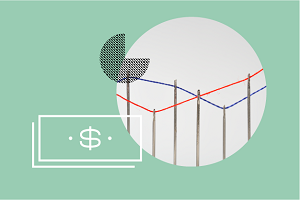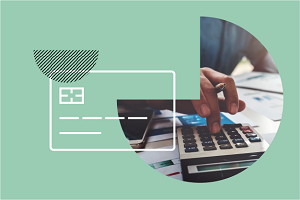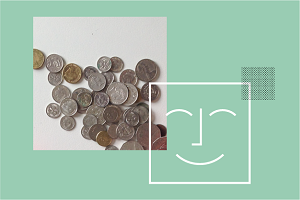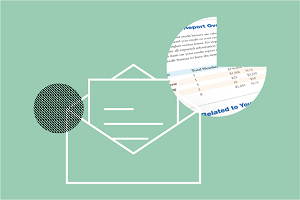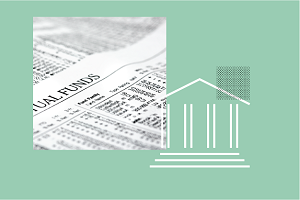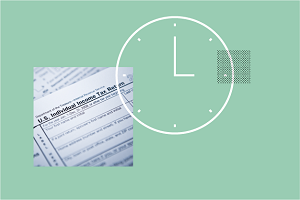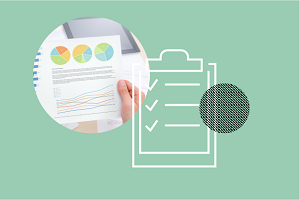Morningstar Money Challenge
Me & My Money
Take a journey to start gaining control over your finances with us. This month-long money challenge will help you figure out where to begin with your money.
Morningstar Money Challenge
-
Day 1: Start Tracking Expenses
Let's start with an easy task: Beginning to track your spending habits. Learn how to do this, what you need, and what you don’t!
-
Day 2: Take Stock
Check your net worth by enumerating your assets and liabilities. If you’re positive, dig into the numbers. If you’re negative, you have your work cut out for you.
-
Day 3: Budget!
Today is the day to allocate your spending money into various buckets – essentials like rent, debt repayments and fixed costs, and other stuff like eating out.
-
Day 4: Find your Financial Community
Spend some time finding your online financial community. Look for what is most interesting to you, and follow those websites, bloggers, influencers or news outlets.
-
Day 5: Simple Money Makeover
Clean out your wallet – unsubscribe from costlier credit cards, and find cards that work for you. Also get rid of subscriptions and memberships that you don’t need!
-
Day 6: Automate your Savings
Once you make your savings automatic, it eliminates the need for you to remember to do it each month – time saved, money saved, peace of mind bought!
-
Day 7: Emergency Fund
An emergency fund is non-negotiable. This is money you can tap in case you lose your job or confront an unanticipated car or home repair.
-
Day 8: Make the Most of your Cash
Just because you need to keep your money liquid, that doesn’t mean you have to settle. Make sure you shop for the best yields on cash investments!
-
Day 9: Map Out your Financial Goals
Take time to document goals and quantify exactly how much your goals cost, this will help set your household's financial priorities.
-
Day 10: Sort Out Your Paperwork
What documents do you need to keep? What do you need to throw? How to file?
-
Day 11: Invest for Mid-Term Goals
This is the time you visualize your goals for the medium term – what do you want to do in 3-5-10 years? List them out, and find out what they cost!
-
Day 12: What Does Your Employer Offer?
As you plan for yourself, it is important to know if you get any benefits from your employer. If you do get some benefits, you should know exactly what you get.
-
Day 13: Open a Retirement Account
The earlier you start saving for retirement, the better. Because of the power of compounding, it really is worthwhile to save whatever you can afford to, even if it doesn't seem like much.
-
Day 14: Maximize your Retirement/Pension Match
If you are lucky enough to earn matching contributions from your employer on your retirement contributions plan to take advantage of each and every bit.
-
Day 15: Tax Time
It is important that you get a handle on what you owe the government. Find out what deductions you’re eligible for, and ask around to see how you might be able to minimise your tax liability.
-
Day 16: Quick & Dirty Portfolio Check
A good starting point for a portfolio check-up is to take a snapshot of where your total portfolio is right now, with an eye toward flagging any notable trouble spots.
-
Day 17: Streamline
Today let's combat portfolio sprawl. ETFs that track a broad market segment are a good place to start if you're trying to streamline your financial life.
-
Day 18: Starting Down the Road to Retirement
It's essential that you periodically check in to make sure that your portfolio and your savings rate put you on track to help you meet your goals – especially long-term ones like retirement.
-
Day 19: What’s Your Retirement Portfolio Plan?
Amassing enough assets to retire is the heaviest lifting that any of us will do in our investing lives. But even after you've cleared that hurdle, it's still important to have a plan for managing your assets during retirement.
-
Day 20: Build Your Buckets
One intuitive way to construct any portfolio is to create various buckets of money based on when you expect to tap them for living expenses.
-
Day 21: Schedule Regular Checkups
To avoid over or under-checking your portfolio, schedule regular checkups in advance. For most people, one comprehensive portfolio review per year is plenty!

